
Last week, I shared a few images from the interior of Karen Solomon’s terrific new book Cured Meat, Smoked Fish, Pickled Eggs. Today, I want to walk you through one of her recipes.
The initial seed for this post was planted back June, when I got an email from the group that promotes wild seafood from Alaska. They asked if I might be interested in making something with some wild Alaska salmon. I said yes, they sent me a gift card to buy some of their salmon at Whole Foods, and I promptly got lost in the business of summer.
Then Karen’s book arrived and I spotted the recipe for Cold-Cured Gravlax. It brought the request from the wild Alaskan seafood folks right back to the front of my mind. Finally, it was time to get moving.
I went to Whole Foods and bought a piece of gorgeous, wild salmon from Alaska. I read through the recipe several times. Half an hour later, the salmon was well-wrapped and in the fridge.
You start by patting the salmon dry with paper towels. Then you mix up salt, sugar, and black peppercorns. You press that salt/sugar/pepper mix into all sides of the salmon and then swaddle it with fresh dill.
Once the seasoning is on the salmon, you wrap it tightly in plastic wrap and set it in a dish to catch any liquid (and there will be some). Karen also recommends that you weigh the salmon down to help keep the spices in contact with the fish. I used a collection of fermentation weights, but you can use whatever is convenient to you.
After three days, it’s time to unwrap your piece of salmon. It will have firmed up, darkened slightly, and gone a bit translucent around the edges. You remove the dill, rinse off the remains of the curing spices, and pat it dry. Traditionally, this would be the point at which your gravlax would be done, but Karen also includes a step for heat treating the salmon, in case you feel strange about eating it as-is.
Once the gravlax is finished, you can perch thin slices on bagels or toast. You can toss bits with hot pasta. You can blitz it in the food processor with some goat or cream cheese and call it a dip. However you use it, it’s a hugely delicious, very satisfying kitchen project.

Cold Cured Gravlax from Cured Meat, Smoked Fish, Pickled Eggs
Ingredients
- 1 pound skin-on salmon filet preferably of even thickness
- 3 tablespoons kosher salt
- 3 tablespoons sugar
- 2 teaspoons freshly ground black pepper
- 1 large bunch fresh dill stems trimmed
Instructions
- Pat the salmon dry with paper towels. Let it sit in the refrigerator, uncovered, for about 30 minutes. The exterior of the fish should be dry and feel a little sticky.
- Combine the salt, sugar, and pepper in a small bowl. Rub this mixture all over the fish, concentrating on the fleshiest part but also including the sides and the skin.
- Lay the fish, skin side down, on top of a large piece of plastic wrap. Lay the dill on top of the flesh and press it into place.
- Wrap the fish and the dill tightly in the plastic wrap, then wrap it again, making a tight package.
- Place the wrapped fish, skin side down, inside a ziplock bag or a shallow dish, as it may release some liquid as it cures.
- Place a flat 1-pound weight on top of the fish, such as a dinner plate with a bag or rice of beans on top. Allow the fish to cure in the refrigerator for three days.
- Unwrap the fish and discard the dill. Rinse the fish and pat it dry. The National Center for Home Food Preservation recommends heating the fish to an internal temperature of 140°F/60°C. I must admit, however, that though this is the safest practice, it will completely change the silky texture of the fish. Nevertheless, preheat your oven to 200°F/90°C.
- Place a rack on top of a baking sheet. Place the gravlax on the rack and heat in the oven for about 20 minutes, or until it reaches 140°F/60°C at its thickest part.
- To serve, slice long, thin pieces against the grain of the fish. I find it easier to slice the whole thing once, but this is up to you.
- Note that after curing, the skin gets sort of flabby.
- Storage: Keep the fish, wrapped tightly in plastic wrap, in the refrigerator for up to two weeks. Wrapped airtight, it can be frozen for up to 3 months.
Notes
Disclosure: The Alaska Seafood Marketing Institute gave me $50 to cover the cost of salmon used in this post. Storey sent me a review copy of Karen’s book. All thoughts and opinions expressed in this post are entirely mine.
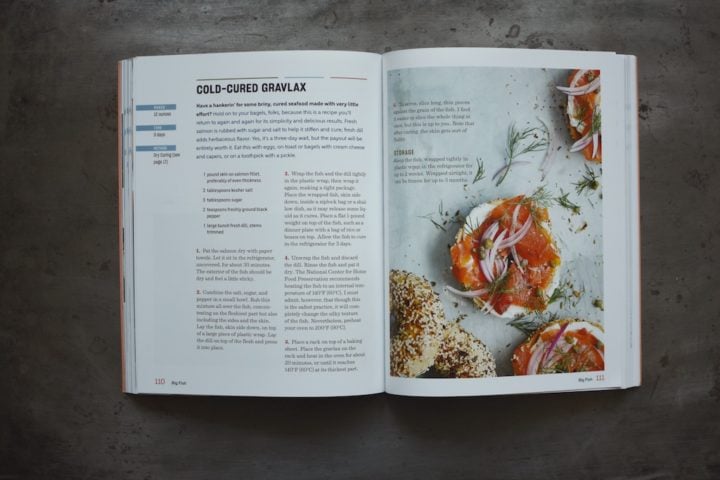
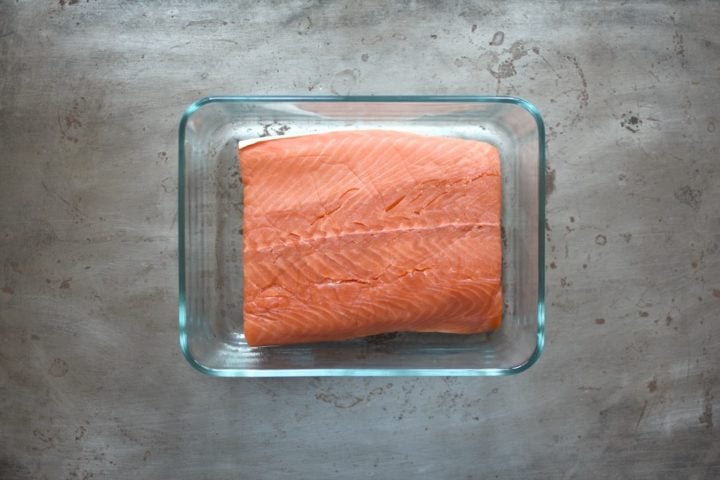
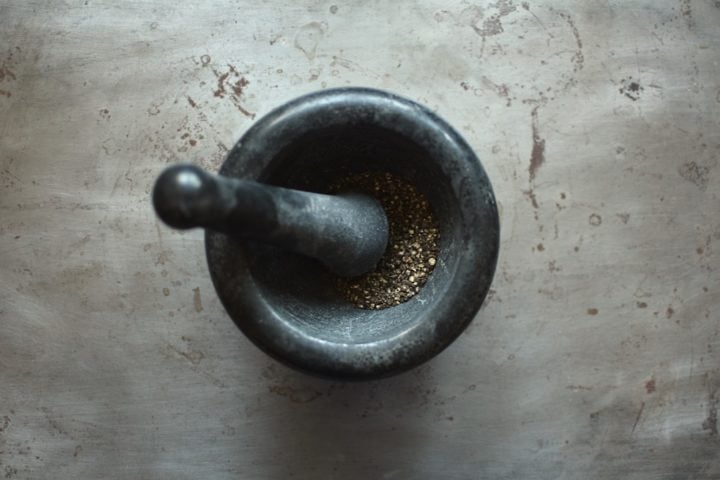
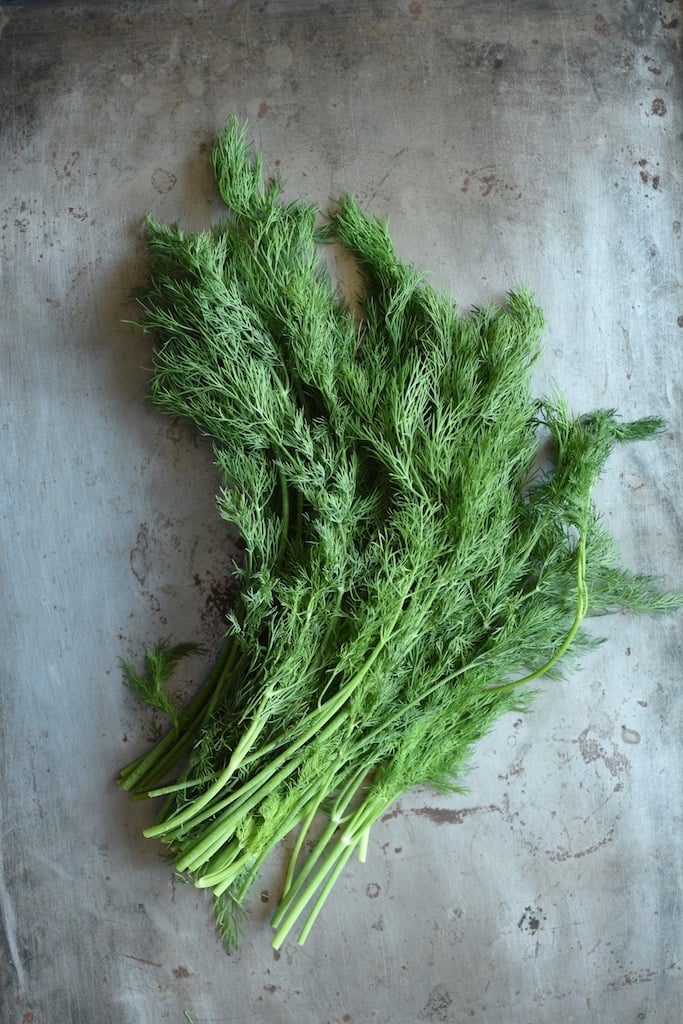


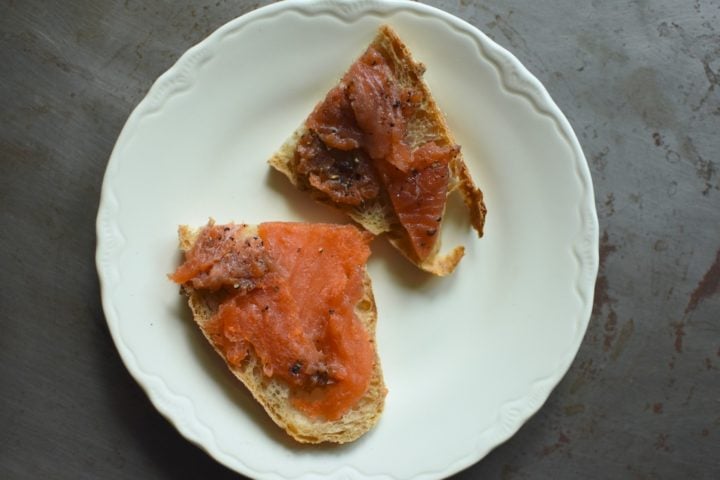

sorry to reply to my own post
I skin it before I cure it
I have been making this for years from wild sockeye when in season.
I agree, to cook after makes it something else than gravlax. Pressing it is a ‘must’. I use another dish that fits pretty well inside the first one then putting the weights in it.
I leave in fridge weighted for a week then rinse and pat dry then vacuum pack in serving sizes and freeze for over a year if it lasts
A light cure, about 24 hours, and then poaching makes fish amazingly tender and flavorful.
I’ve become an avid fan of curing salmon and now play with adding different botanicals to the salt + sugar cure. Crushed juniper berries is the best addition I’ve found yet.
I have been making this for nearly my entire life from my mother’s recipe. Hers has just one difference, you splash some slivovitz over the fish before rubbing the spices all over. I use tequila, as I don’t generally have slivovitz around. And the idea of heating the fish makes me shudder. Please don’t.
I didn’t heat mine. But I imagine Karen had to include the most up-to-date safety information and so was required to mention that recommendation.